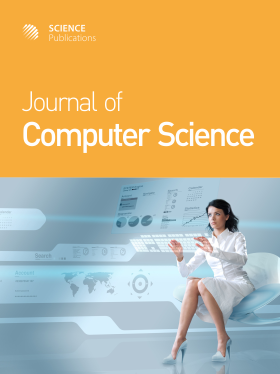Decoding Discrepancies: Understanding Rating and Review Gaps in Best-Selling Products
- 1 Shri G.M Bilakhia College of Applied Sciences, Rajju Shroff ROFEL University, Vapi, India
- 2 Faculty of Computer Science and Applications, Smt. Chandaben Mohanbhai Patel Institute of Computer Applications, Charotar University of Science & Technology, Gujarat, India
Abstract
Classification of the sentiment and using it for the rating prediction is the major task don in this paper. The emotions and opinions are expressed by the users about a product on the e-commerce website and this provides the basis for the prediction done here. The prediction of the rating enables both the user as well as the seller as the user will get the trustworthiness of the product quality whereas the seller will get an insight into the issues and the upgradations if any needed in the product. The reviews are easily available online for the products these reviews . Various websites like Myntra, Amazon , Flipkart and many more have reviews displayed depicting the users verdit whether to buy or not buy the product. The reviews hence collected are preprocessed using NLP algorithm like VADER, Text Blob, Flair deep learning algorithms like CNN, ANN (Lavanya & Sasikala, 2021).The reviews are filtered to classified as positive, neutral or negative based on the emotions embedded in it after collecting the sentiment score this score is used to train the model and predict the rating of the product.
DOI: https://doi.org/10.3844/jcssp.2025.1299.1306

- 101 Views
- 36 Downloads
- 0 Citations
Download
Keywords
- Machine Learning
- Deep Learning
- Sentiment Analysis
- Text Mining
- Data Mining
- NLP
- Recommender System
- AdaBoost
- Stacking
- Hybrid
- LSTM
